Exploring the Benefits of Indoor Farming in 2023
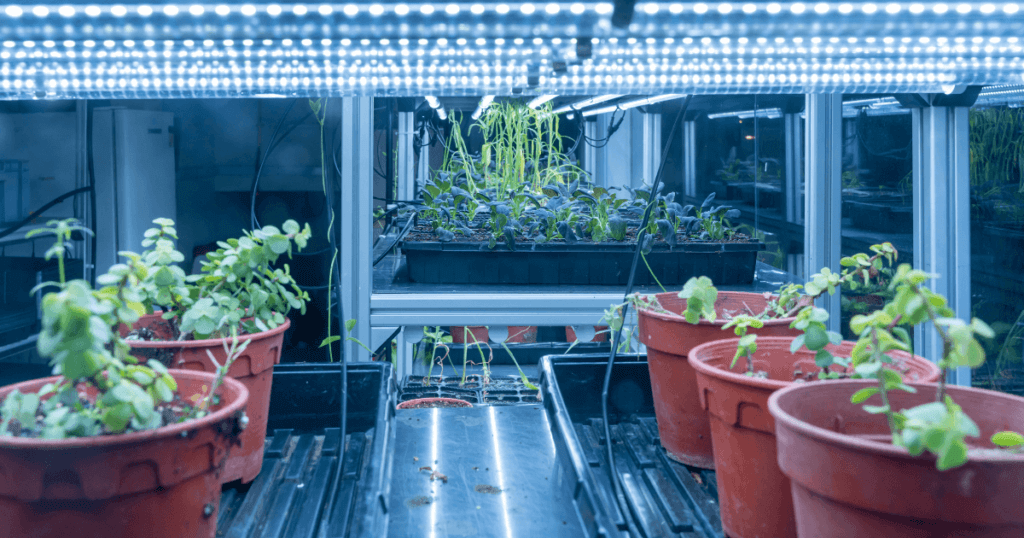
Indoor farming, also known as vertical farmingA method of growing plants in vertically stacked layers or t... More or urban farmingThe practice of growing food or plants in urban areas, often... More, is gaining significant traction as a sustainable and efficient method of food production. With the increasing demand for fresh, locally grown produce and the challenges posed by limited land availability, indoor farming offers a promising solution to meet these needs. In this article, we will delve into the various benefits of indoor farming and how it is transforming the agricultural landscape.
Table of Contents
The Advantages of a Controlled Environment
Indoor farming utilizes controlled environments such as greenhouses, hydroponic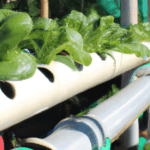 A soilless cultivation method where plants are grown in nutr... More systems, or vertical towers to create optimal conditions for crop growth. The ability to regulate temperature, humidity, light intensityThe level of brightness or luminous flux of light reaching a... More, and CO2 levels minimizes the risk of crop failure due to adverse weather conditions or pests. By ensuring a stable environment, indoor farming provides consistent and reliable harvests.
A soilless cultivation method where plants are grown in nutr... More systems, or vertical towers to create optimal conditions for crop growth. The ability to regulate temperature, humidity, light intensityThe level of brightness or luminous flux of light reaching a... More, and CO2 levels minimizes the risk of crop failure due to adverse weather conditions or pests. By ensuring a stable environment, indoor farming provides consistent and reliable harvests.
Year-Round Production for Sustainable Food Supply
One of the significant advantages of indoor farming is the ability to achieve year-round production of crops. Farmers can eliminate the limitations imposed by natural seasons by providing artificial lightingThe use of artificial light sources, such as LED or fluoresc... More and climate control. This continuous production allows for a consistent supply of fresh produce, reducing the dependence on imports and increasing local food self-sufficiency.
Water Conservation: Preserving a Precious Resource

Water scarcity is a growing concern globally. Indoor farming addresses this issue by employing innovative irrigation systems like hydroponics A soilless cultivation method where plants are grown in nutr... More or aeroponics
A soilless cultivation method where plants are grown in nutr... More or aeroponics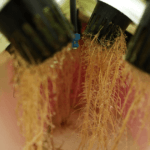 A hydroponic system where plant roots are suspended in... More. These methods use up to 90% less water than traditional soil-based agriculture. Additionally, the closed-loop systems in indoor farms enable efficient water recycling, minimizing wastage and preserving this precious resource.
A hydroponic system where plant roots are suspended in... More. These methods use up to 90% less water than traditional soil-based agriculture. Additionally, the closed-loop systems in indoor farms enable efficient water recycling, minimizing wastage and preserving this precious resource.
Reducing Pesticide Use for Safer Food
Indoor farming provides a controlled and enclosed environment that reduces the reliance on pesticides and herbicides. Farmers can adopt integrated pest managementStrategies and techniques employed to prevent and control pe... More strategies with fewer pests and diseases that focus on natural predators and biological controls. This approach promotes environmentally friendly farming practices and ensures safer and healthier products for consumers.
Increased Crop Yield for Greater Productivity
Indoor farming techniques combined with a controlled environment can significantly boost crop yields compared to traditional methods. Optimized lighting, precise nutrient delivery systems, and efficient resource utilization allow plants to grow faster and more efficiently. Indoor farms can produce several times more crops per square meter, enhancing productivity and profitability.
Efficient Resource Utilization for Sustainability
Indoor farming stands out for its efficient use of resources. By carefully monitoring and optimizing inputs such as water, nutrients, and energy, indoor farmers minimize waste and maximize resource utilization. Vertical farmingA method of growing plants in vertically stacked layers or t... More systems further enhance space efficiency, enabling the cultivation of multiple layers of crops in a vertical stack. This vertical integration maximizes land use and reduces the need for expansive agricultural areas.
Urban Agriculture: Bringing Farming to the City
With rapid urbanization and limited land availability, indoor farming plays a vital role in urban agriculture. By utilizing rooftops, abandoned buildings, or repurposed warehouses, urban farmers can bring agriculture closer to consumers. Urban agriculture reduces transportation costs and carbon emissions associated with long-distance food supply chains. Urban farmingThe practice of growing food or plants in urban areas, often... More also fosters community engagement and promotes the concept of local food systems.
Ensuring Food Security in Challenging Times
Indoor farming contributes to food security, especially in regions with limited arable land or prone to natural disasters. The controlled and protected environment minimizes the risk of crop failure due to climate-related challenges, pests, and diseases. This resilience allows for a steady and consistent food supply, reducing the vulnerability of communities to food shortages and price fluctuations.
Enhancing Food Safety for Consumers
The controlled environment of indoor farms ensures the safety and quality of the produce. With strict quality control measures, indoor farmers can closely monitor every stage of the production process. From seed to harvest, traceability is maintained, and rigorous standards are followed to ensure safe and high-quality food is produced. Consumers can have confidence in the safety and nutritional value of their food.
Climate Change Resilience for Sustainable Agriculture
As the effects of climate change become more pronounced, traditional agriculture faces increasing challenges. Extreme weather events, droughts, and heat waves can severely impact crop production. Indoor farming provides a resilient solution by reducing dependence on external factors. By creating a climate-controlled environment, farmers can mitigate the impacts of climate change and maintain stable crop production regardless of external conditions.
Job Creation and Economic Growth
The adoption of indoor farming techniques contributes to the creation of new job opportunities. Roles in crop management, system maintenance, technology development, and marketing are necessary for the operation of indoor farms. The expansion of indoor farming also supports local economies, as it requires a skilled workforce and encourages entrepreneurship within the agricultural sector.
Educational Opportunities for Future Generations
Indoor farming presents educational opportunities for students and researchers. Integrating science, technology, engineering, and mathematics (STEM) principles in indoor farming offers a practical and hands-on learning experience. Educational institutions can establish partnerships with indoor farms, providing students with valuable knowledge about sustainable agricultureA farming approach that aims to minimize negative impacts on... More, innovative technologies, and the future of food production.
Engaging Communities and Promoting Awareness
Indoor farms can serve as educational and community centres, promoting awareness about sustainable farming practices and healthy eating habits. They can host workshops, tours, and outreach programs to engage with the local community and educate them about the benefits of indoor farming. This interaction fosters a stronger connection between consumers and the food they consume, leading to an increased appreciation for locally grown, nutritious produce.
Conclusion
Indoor farming is revolutionizing the agricultural industry by offering a sustainable and efficient approach to food production. With its controlled environment, year-round production, water conservation, reduced pesticide use, increased crop yieldThe amount of crop or harvest produced from a given area or ... More, and efficient resource utilization, indoor farming addresses pressing challenges such as limited land availability, water scarcity, and climate change. It enhances food security, safety, and resilience while creating job opportunities, educational avenues, and community engagement. As we strive for a more sustainable future, indoor farming holds great promise in shaping how we grow and consume food.
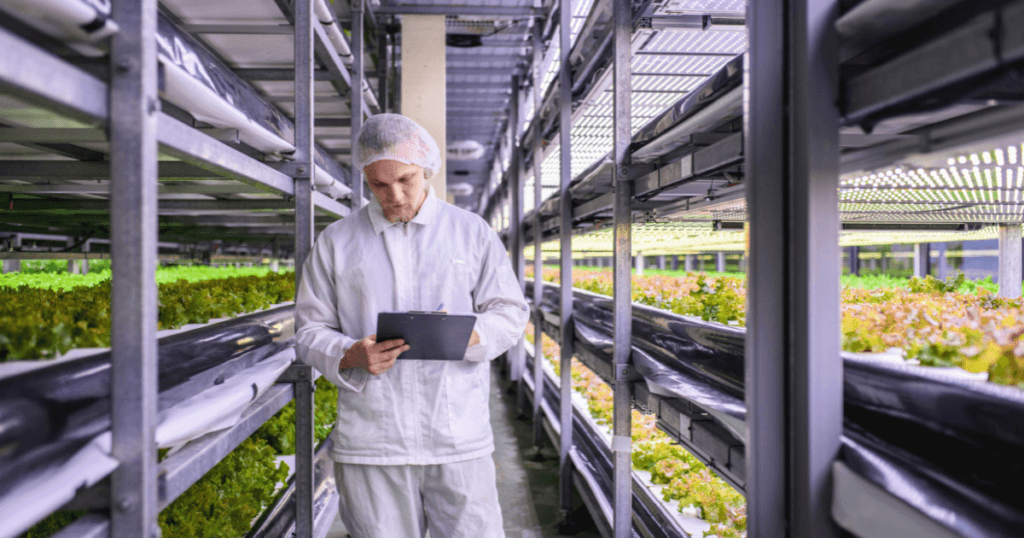
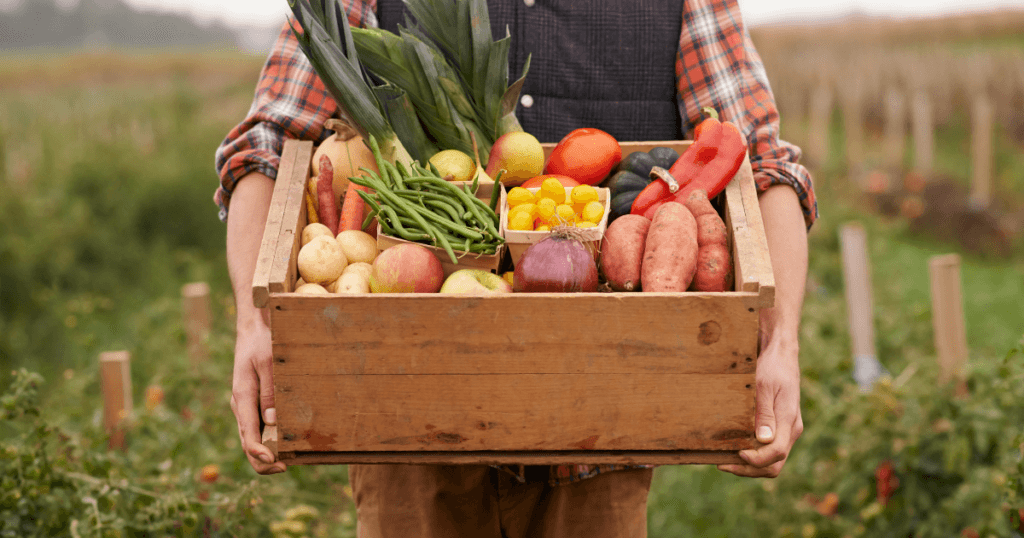
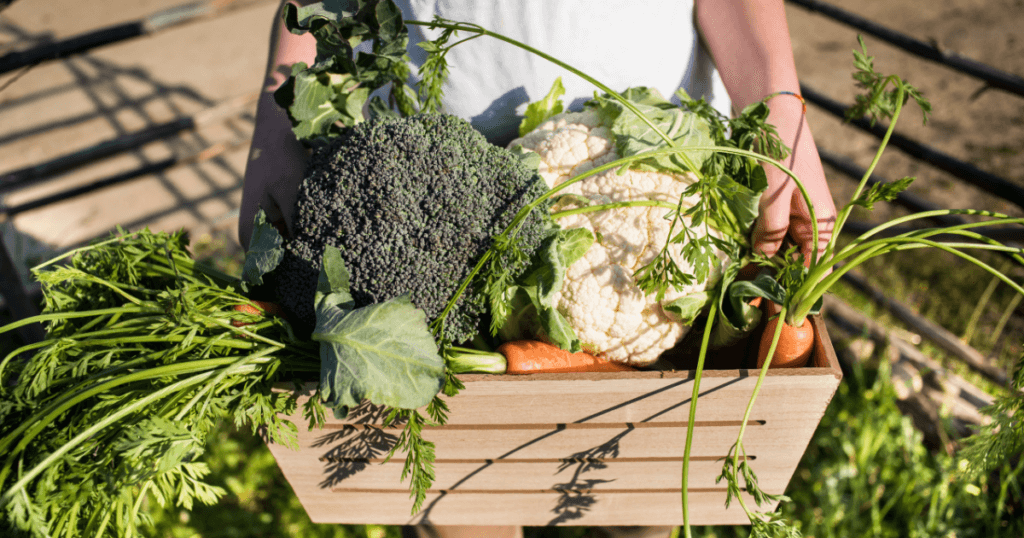
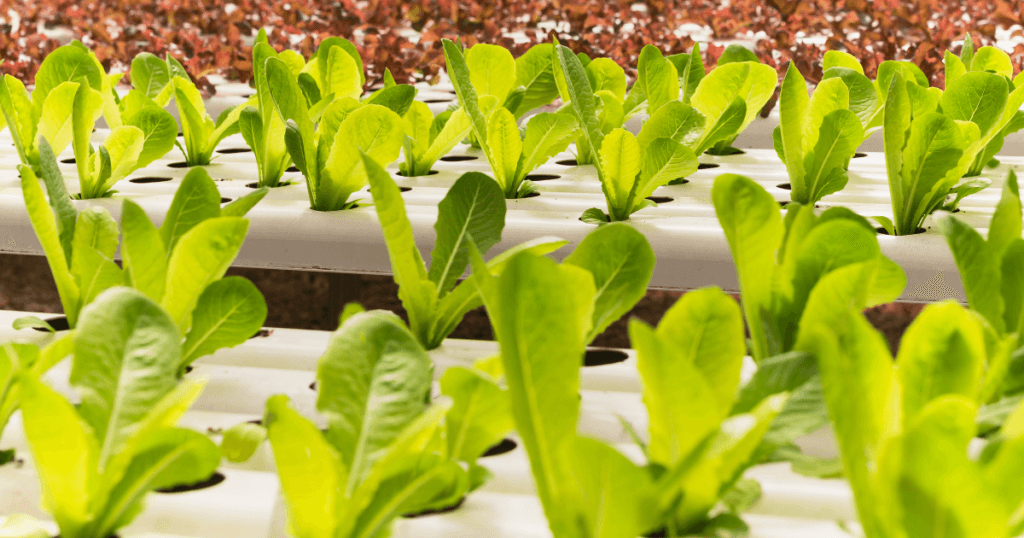
Pingback: Mastering Climate Control in Indoor Farming - indoorfarminghub.com